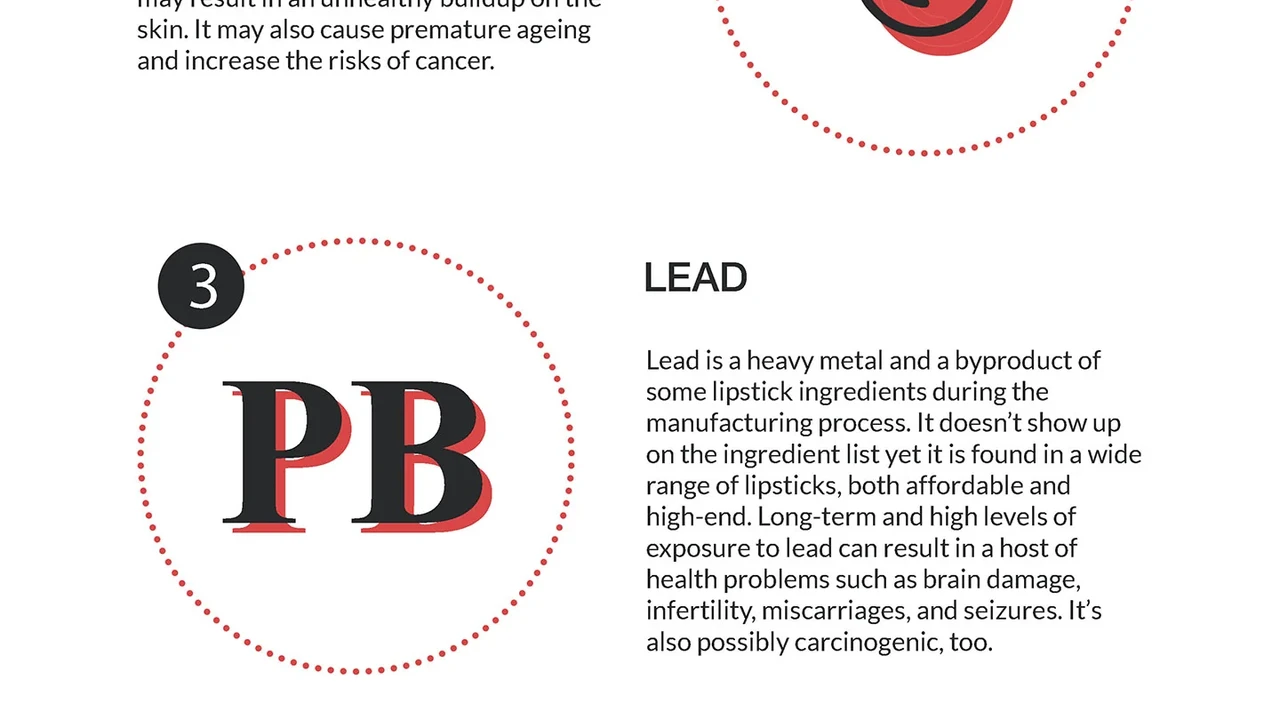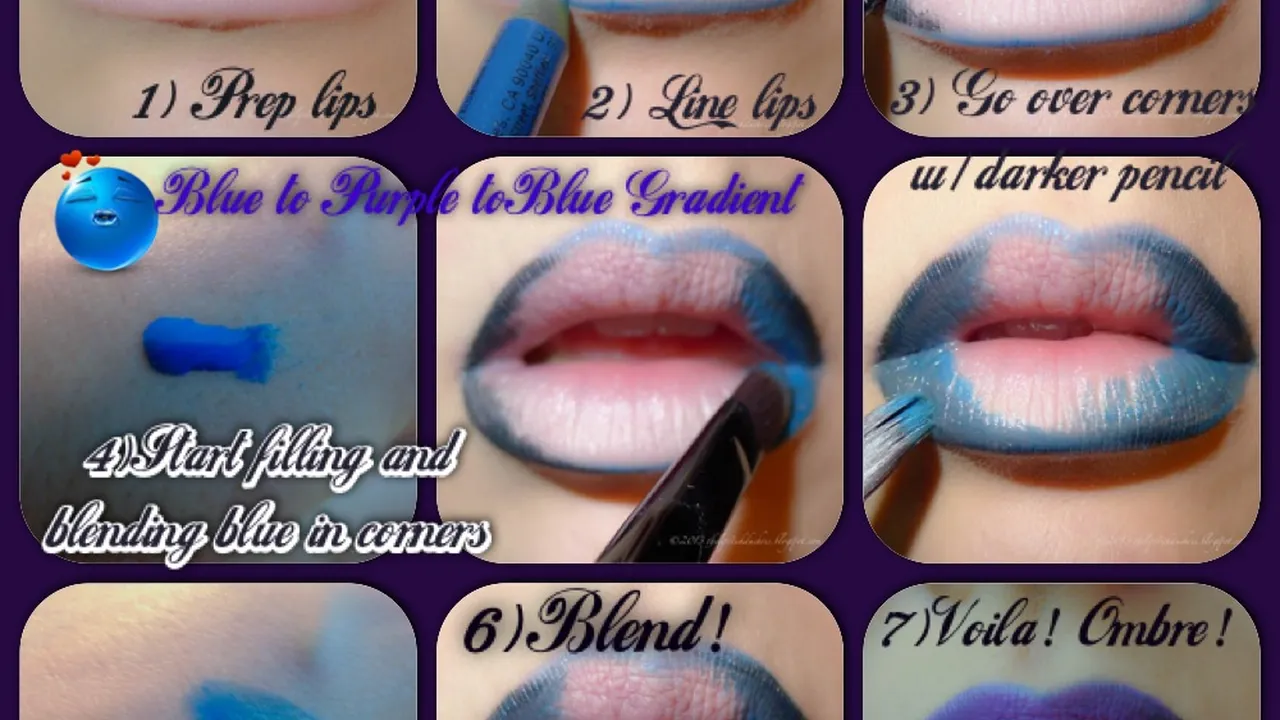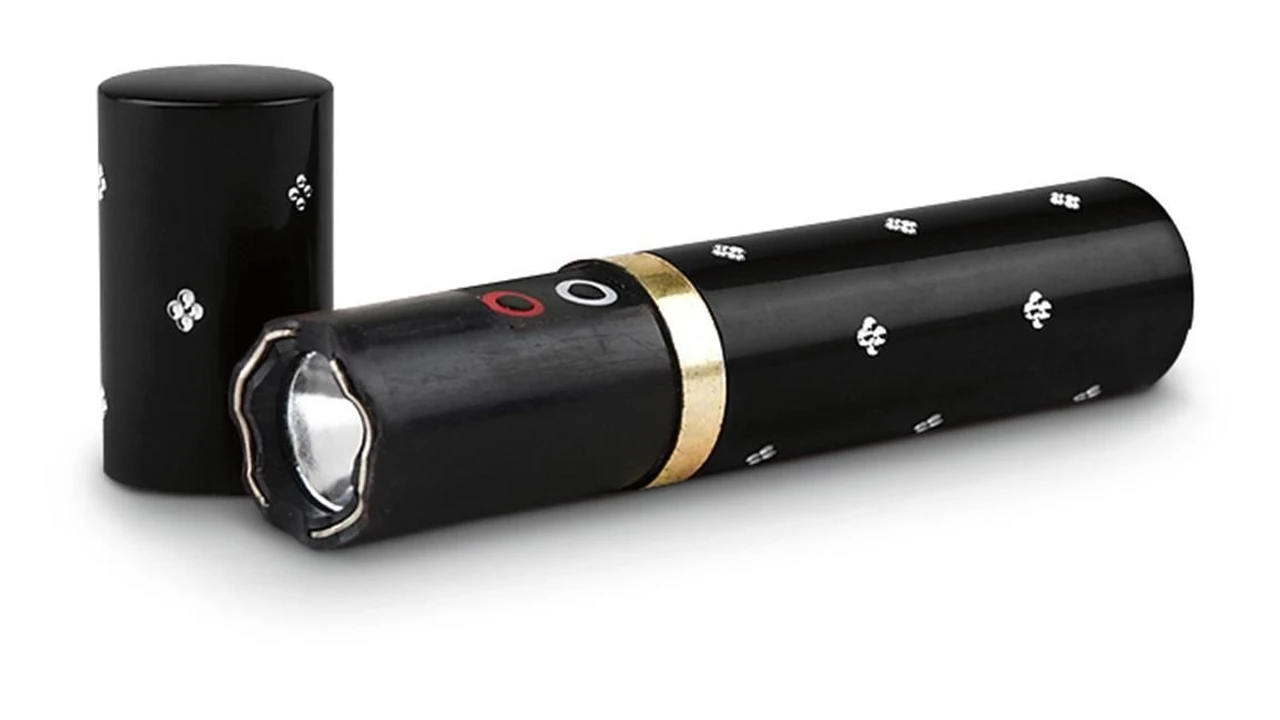Lipstick Ingredients to Avoid: A Guide to Safe Lipstick Choices
Sample meta description.

Understanding Harmful Lipstick Ingredients Your Guide to Safe Cosmetics
Okay, let's talk lipstick. We all love it, right? That perfect pop of color can instantly brighten our day. But have you ever stopped to think about what's actually in your lipstick? It's not all rainbows and unicorn kisses, unfortunately. Some ingredients can be downright nasty, and knowing what to avoid is crucial for your health and well-being. This isn't about scaring you off lipstick forever; it's about empowering you to make informed choices and find safer, healthier options. So, grab your favorite beverage, and let's dive in!
Lead in Lipstick The Hidden Danger and Safer Alternatives
Lead. Yep, it's in lipstick. Even though the FDA sets limits, and the amounts are generally considered low, the fact that it's there at all is a bit unsettling. Lead is a neurotoxin, and there's no safe level of exposure. While the amount in lipstick might seem small, remember that we reapply lipstick throughout the day, potentially increasing our exposure. Look for brands that specifically test for and avoid lead in their formulations. Natural and organic lipsticks are often a safer bet.
Parabens in Lipstick Why You Should Avoid Them
Parabens are preservatives used in cosmetics to prevent the growth of bacteria and mold. Sounds good, right? Well, not so fast. Parabens are endocrine disruptors, meaning they can interfere with your body's hormones. This can potentially lead to a whole host of health issues. While the scientific jury is still out on the exact extent of the risk, many people choose to avoid parabens altogether. Look for lipsticks labeled "paraben-free" or check the ingredient list for anything ending in "-paraben" (e.g., methylparaben, propylparaben).
Artificial Colors and Dyes in Lipstick Potential Irritants and Allergens
Those vibrant shades we love so much often come from artificial colors and dyes. While some are considered safe, others can be irritating or even allergenic. Red dyes, in particular, have been known to cause reactions in some people. Look for lipsticks that use natural pigments derived from fruits, vegetables, or minerals. These are generally gentler on the skin and less likely to cause irritation. Keep an eye out for FD&C or D&C followed by a color name and number; these are artificial colors.
Fragrance in Lipstick The Mystery Ingredient and Its Potential Problems
Fragrance is a sneaky ingredient because it can be a catch-all term for a whole cocktail of chemicals, many of which don't have to be disclosed. These chemicals can be irritating, allergenic, and even linked to hormone disruption. Opt for fragrance-free lipsticks or those that use natural essential oils for scent. If you see "fragrance" or "parfum" on the ingredient list, be aware that you're not getting the full picture of what's in your lipstick.
Petrochemicals in Lipstick Mineral Oil Paraffin and Their Environmental Impact
Petrochemicals, like mineral oil and paraffin, are derived from petroleum. They're often used in lipsticks as emollients to create a smooth, creamy texture. While they're generally considered safe for topical use, they're not exactly eco-friendly. The production of petrochemicals contributes to pollution and climate change. Look for lipsticks that use plant-based oils and waxes instead, such as shea butter, coconut oil, or beeswax.
Phthalates in Lipstick Hidden Dangers and Hormone Disruption
Phthalates are plasticizers that are sometimes used in cosmetics to make them more pliable. They're also endocrine disruptors and have been linked to various health problems. While phthalates are often not listed as an ingredient, they can sometimes be found in the "fragrance" component. Look for lipsticks labeled "phthalate-free" to be on the safe side.
Safe Lipstick Choices Natural Organic and Cruelty-Free Options
Now that we've covered the ingredients to avoid, let's talk about what to look for! Natural and organic lipsticks are a great option because they tend to use safer ingredients and are often free of harsh chemicals. Look for certifications like USDA Organic or Ecocert to ensure that the product meets certain standards. Cruelty-free lipsticks are also a good choice, as they haven't been tested on animals. Look for the Leaping Bunny logo or check the brand's website for their cruelty-free policy.
Recommended Safe Lipsticks Brands Products and Reviews
Alright, let's get to the good stuff! Here are a few of my favorite safe lipstick brands and products:
- ILIA Color Block Lipstick: This lipstick is made with organic ingredients and comes in a range of beautiful, highly pigmented shades. It's also cruelty-free and gluten-free. The price is around $28.
- Burt's Bees 100% Natural Moisturizing Lipstick: A drugstore favorite, Burt's Bees lipsticks are made with natural ingredients and are super moisturizing. They're also affordable, at around $9 a pop.
- RMS Beauty Wild With Desire Lipstick: RMS Beauty is known for its clean, minimalist approach to makeup. Their lipsticks are made with organic ingredients and come in a range of sophisticated shades. They are priced around $28.
- Pacifica Beauty Color Quench Lip Tint: If you prefer a more subtle wash of color, Pacifica's lip tints are a great option. They're made with natural ingredients and are vegan and cruelty-free. They are usually priced around $10.
- Kosas Weightless Lipstick: Kosas creates weightless lipsticks with botanical oils and butters that are known to hydrate and soften lips. Priced around $28.
Lipstick Application Tips and Tricks for Long-Lasting Color
So, you've found the perfect safe lipstick. Now what? Here are a few tips and tricks for getting the most out of your lipstick:
- Exfoliate your lips: This will remove any dead skin cells and create a smooth canvas for your lipstick. You can use a lip scrub or a gentle toothbrush.
- Moisturize your lips: Dry lips can make lipstick look patchy and uneven. Apply a lip balm before applying your lipstick.
- Use a lip liner: Lip liner can help to define your lips and prevent your lipstick from bleeding. Choose a lip liner that matches your lipstick shade.
- Apply your lipstick in thin layers: This will help to prevent your lipstick from feeling heavy or cakey.
- Blot your lips: After applying your lipstick, blot your lips with a tissue to remove any excess product.
- Set your lipstick with powder: This will help to make your lipstick last longer. You can use a translucent powder or a powder that matches your lipstick shade.
Lipstick Storage and Shelf Life How to Keep Your Lipsticks Fresh
To keep your lipsticks fresh and prevent them from going bad, store them in a cool, dry place away from direct sunlight. Heat and humidity can cause lipsticks to melt or become discolored. Most lipsticks have a shelf life of about one to two years. If your lipstick starts to smell funny, change texture, or look different, it's time to toss it.
Lipstick for Different Occasions Choosing the Right Shade for Every Event
Choosing the right lipstick shade can make all the difference. Here are a few tips for selecting the perfect lipstick for different occasions:
- Everyday wear: For everyday wear, choose a neutral or natural-looking shade that complements your skin tone.
- Work: For work, opt for a professional and polished shade, such as a berry or rose.
- Date night: For date night, go for a bold and romantic shade, such as a red or burgundy.
- Special occasions: For special occasions, don't be afraid to experiment with different shades and finishes.
Specific Scenarios and Lipstick Recommendations:
- Zoom Meetings: For video calls, a matte lipstick in a berry or mauve shade can help you look polished without being too distracting. Consider ILIA Color Block Lipstick in Rosewood for a natural yet put-together look.
- Outdoor Events: For outdoor events, a lipstick with SPF protection is essential. Look for lip balms with added color or tinted lipsticks with SPF. Burt's Bees tinted lip balms are a great and affordable option.
- Formal Events: For formal events, a classic red lipstick is always a winner. Choose a shade that complements your skin tone and pair it with a matching lip liner for a long-lasting, defined look. Consider a long-wear formula like the KOSAS Weightless Lipstick in Thrillist.
- Casual Outings: For casual outings, a nude or natural-looking lipstick is a great choice. Opt for a creamy formula that will keep your lips hydrated and comfortable. RMS Beauty Wild With Desire Lipstick in Pretty vacant is a great shade.
Lipstick Ingredient Glossary A Quick Reference Guide
Here's a quick reference guide to some of the most common lipstick ingredients:
- Castor Oil: A natural emollient that helps to moisturize and soften lips.
- Beeswax: A natural wax that helps to give lipstick its structure and texture.
- Shea Butter: A natural butter that helps to hydrate and nourish lips.
- Jojoba Oil: A natural oil that helps to protect and moisturize lips.
- Vitamin E: An antioxidant that helps to protect lips from damage.
Making Informed Choices About Lipstick Your Health Matters
Choosing a safe lipstick doesn't have to be overwhelming. By understanding the ingredients to avoid and knowing what to look for, you can find a lipstick that's both beautiful and good for your health. Remember to do your research, read labels carefully, and choose brands that prioritize transparency and safety. Your health is worth it!
:max_bytes(150000):strip_icc()/277019-baked-pork-chops-with-cream-of-mushroom-soup-DDMFS-beauty-4x3-BG-7505-5762b731cf30447d9cbbbbbf387beafa.jpg)






